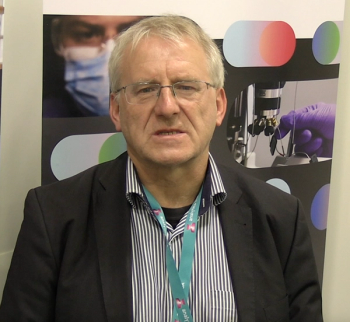
At Analytica USA, LCGC International sat down with Ralf Zimmermann to talk about his research.
Jerome Workman, Jr. serves on the Editorial Advisory Board of Spectroscopy and is the Executive Editor for LCGC and Spectroscopy. He is the co-host of the Analytically Speaking podcast and has published multiple reference text volumes, including the three-volume Academic Press Handbook of Organic Compounds, the five-volume The Concise Handbook of Analytical Spectroscopy, the 2nd edition of Practical Guide and Spectral Atlas for Interpretive Near-Infrared Spectroscopy, the 2nd edition of Chemometrics in Spectroscopy, and the 4th edition of The Handbook of Near-Infrared Analysis. Direct correspondence to: jworkman@mjhlifesciences.com

At Analytica USA, LCGC International sat down with Ralf Zimmermann to talk about his research.
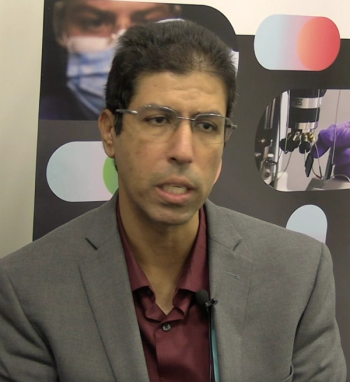
In this clip, Ahmed Hamid addresses the advantages of using LC-IM-MS/MS over traditional microbial lipid profiling techniques and how ion mobility overcomes several key challenges in this space.

A pioneer of FT-ICR Mass Spectrometry, Alan G. Marshall (1944–2025), is best known for co-inventing Fourier transform ion cyclotron resonance mass spectrometry (FT-ICR MS), a transformative technique that enabled ultrahigh-resolution analysis of complex mixtures. Over a career spanning more than five decades at institutions like the University of British Columbia, The Ohio State University, and Florida State University, he published over 650 peer-reviewed papers and mentored more than 150 scientists. Marshall’s work profoundly impacted fields ranging from astrobiology to petroleomics and earned him numerous prestigious awards and fellowships. Revered for his intellect, mentorship, and dedication to science, he leaves behind a legacy that continues to shape modern mass spectrometry.
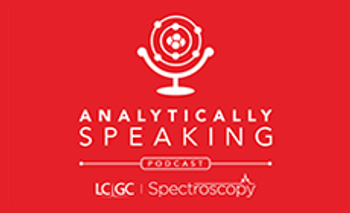
In episode #37 of Analytically Speaking, podcast host Dr. Jerry Workman speaks with Dr. Austin Daniels, application scientist for Yokogawa Fluid Imaging Technologies, about flow imaging microscopy (FIM), a new technology for sub-visible particle characterization in biologics.

Christopher A. Pohl and Katelynn A. Perrault Uptmor are the winners of the 18th annual LCGC Lifetime Achievement and Emerging Leader in Chromatography Awards, respectively. The LCGC Awards honor the work of talented separation scientists at different stages in their career (See Table I, accessible through the QR code at the end of the article). The award winners will be honored during an oral symposium at the Pittcon 2025 conference held March 1-5, in Boston, Massachusetts.

A list of the Top 10 LCGC Articles of the Month: Highlighting Diverse Topics in Separation Science

In this LCGC International interview with José Fernando Huertas-Pérez who is a specialist in chemical contaminants analytics and mitigation at the Nestlé Institute for Food Safety and Analytical Sciences at Nestlé Research in Switzerland, In this interview we discuss his recent research work published in Food Chemistry on the subject of a method for quantifying multi-residue pesticides in food matrices using gas chromatography–tandem mass spectrometry (GC–MS/MS) (1).
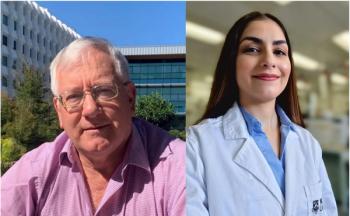
In this LCGC International interview with Philip J. Marriott and Michelle S. S. Amaral from the Australian Centre for Research on Separation Science, School of Chemistry, Monash University, in Clayton, Victoria, Australia, we discuss their recent review published in Analytical Chemistry on the subject of analysis of food contaminants using multidimensional gas chromatography (1).

In this LCGC International interview with Beatrice Campanella from the Institute of Chemistry of Organometallic Compounds (ICCOM) in Pisa, Italy, which is part of the Italian National Research Council (CNR), we discuss her recent research work published in Food Chemistry on the subject of a method for quantifying methionine and selenomethionine in food matrices using gas chromatography–mass spectrometry (GC–MS) with aqueous derivatization by triethyloxonium salts (1).

November 13, 2024 – LCGC International magazine has named Katelynn A. Perrault Uptmor, Assistant Professor of Chemistry at the College of William & Mary, the recipient of the 2025 Emerging Leader in Chromatography Award. This accolade, which highlights exceptional achievements by early-career scientists, celebrates Perrault Uptmor’s pioneering work in chromatography, particularly in the fields of forensic science, odor analysis, and complex volatile organic compounds (VOCs) research.

November 13, 2024 – LCGC International magazine is proud to announce that Christopher A. Pohl has been named the recipient of the 2025 Lifetime Achievement in Chromatography Award. This honor is awarded to individuals who have made enduring contributions to the field of chromatography. Pohl, a celebrated innovator and thought leader, has influenced the direction of analytical chemistry and chromatography for over 50 years, particularly in the areas of ion chromatography (IC) and separation science.

A look at some of the hottest topics in mass spectrometry.

This review aims to provide a summary of the most current analytical techniques and their applications in per- and polyfluoroalkyl substances (PFAS) research, contributing to the ongoing efforts to monitor and mitigate PFAS contamination.

In this interview, we asked Hemanth Kumar Chanduluru from the SRM Institute of Science and Technology in Kattankulathur, India, multiple questions regarding sustainability in analytical separation methods.

A newly published study highlights the continuous advancements in mass spectrometry for anti-doping efforts in sports. Researchers emphasize the necessity of differentiating between deliberate doping and inadvertent exposure due to environmental factors, shaping a new era of doping control monitoring.

Artificial intelligence (AI) is reshaping analytical chemistry by enhancing data analysis and optimizing experimental methods. This study explores AI's advancements, challenges, and future directions in the field, emphasizing its transformative potential and the need for ethical considerations for separation science and spectroscopy.

Roy Lautamo was a genius in the gas chromatography (GC) industry, responsible for numerous technical advancements. Here, we remember his storied career and accomplishments.
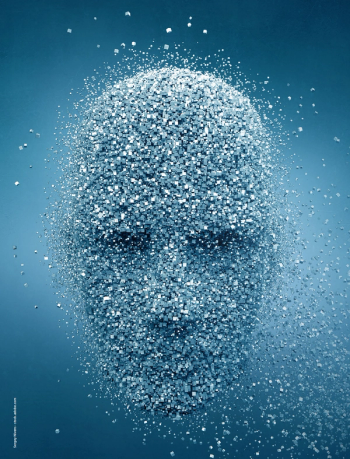
LCGC’s Senior Technical Editor uses artificial intelligence (AI) platform ChatGPT to answer questions about the role of AI in separation science. Do you agree with ChatGPT?
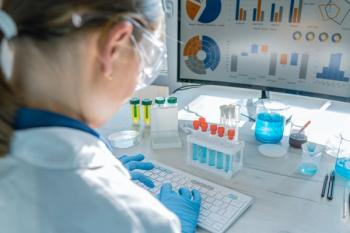
Experts from academia discussed the use of gradient boosting machine learning and AI in life sciences and medicine.

In this written interview with Dwight Stoll, LCGC Columnist and Professor of Chemistry at Gustavus Adolphus College in St. Peter, Minnesota to address the pressing issues of sustainability and environmental awareness in separation science.

Gradient boosting machine learning can be applied to analyze DNA and RNA images using AI and other analytical techniques.

Wolfgang F. Lindner and Martina Catani are the winners of the 17th annual LCGC Lifetime Achievement and Emerging Leader in Chromatography Awards, respectively. These awards honor the work of talented separation scientists at different stages in their career. The award winners will be honored in March in an oral symposium at the Pittcon 2024 conference in San Diego, California.

LCGC’s Senior Technical Editor Jerome Workman, Jr examines the history of chemicals classified as POP, or persistent organic pollutants, and PFAS, or per- and polyfluoroalkyl substances, then reviews their place in today's environment and assesses risks for the future.

We interviewed an AI program (ChatGPT) for LCGC North America asking questions about AI and its role in various applications for separation science to include data analysis, and high performance liquid chromatography (HPLC), hydrophilic-interaction chromatography (HILIC), reversed-phase liquid chromatography (RPLC), liquid chromatography–mass spectrometry (LC–MS), gas chromatography–mass spectrometry (GC–MS), high resolution mass spectrometry (HRIM–MS), high resolution tandem mass spectrometry (HRMS/MS), and related topics.

The monitoring of per- and polyfluoroalkyl substances (PFAS) into food is an important environmental and health concern. Raquel Sendón García, PhD, is a Faculty Member in the Department of Analytical Chemistry of Nutrition and Food Science, and a Faculty of Pharmacy member at the University of Santiago de Compostela in Spain. She has been performing research on food contamination and the presence of potentially harmful chemicals in foods for some time. We recently spoke to her about her work using GC–MS and other analytical techniques to analyze PFAS migration into food from packaging materials.

As our knowledge about PFAS in food continues to develop, and regulations evolve, we must continue to refine our analytical methods.

Given that artificial intelligence (AI) seems to be on everyone’s mind, it’s worth pausing to look at how AI works, and how it can fit into analytical chemistry.

Analysis of unidentified organofluorine compounds and known PFAS in environmental and human samples presents many challenges. Combustion ion chromatography is one technique that can help.

Peter Schoenmakers and Emanuela Gionfriddo are the winners of the 16th annual LCGC Lifetime Achievement and Emerging Leader in Chromatography Awards, respectively.
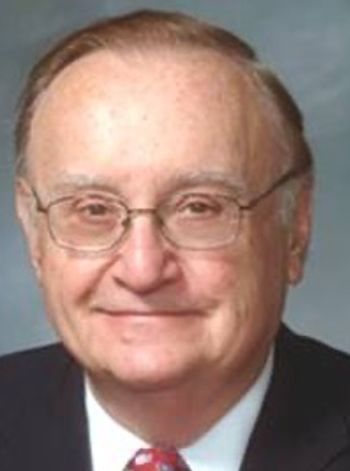
Barry L Karger is Director Emeritus of the Barnett Institute, and is the James L. Waters Emeritus Chair and Distinguished Professor Emeritus at Northeastern University in Boston.

Published: July 1st 2021 | Updated:

Published: February 1st 2022 | Updated:
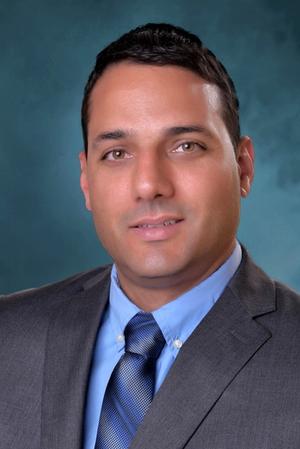
Published: April 1st 2021 | Updated:

Published: August 3rd 2023 | Updated:

Published: October 17th 2024 | Updated: